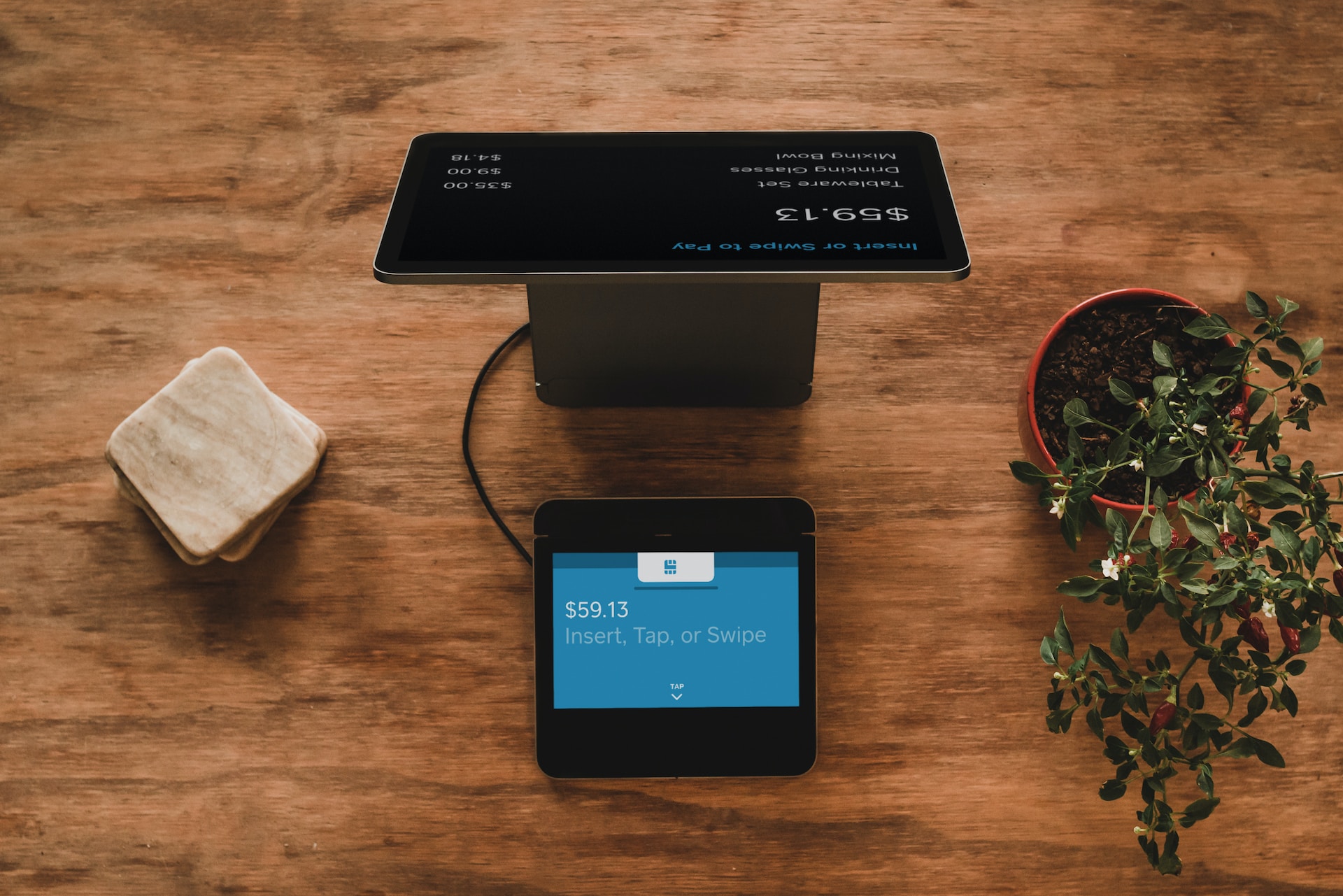One innovation that has gained significant traction in recent years is embedded payments. This approach involves integrating payment capabilities directly into other software or platforms, such as apps, websites, or IoT devices. The result is a seamless, frictionless payment experience that benefits businesses of all sizes in various ways.
Understanding Embedded Payments
Embedded payments encompass a wide array of technologies and strategies designed to streamline the payment process for both businesses and customers. At its essence, embedded payments eradicate the necessity for users to navigate external payment gateways or manually input payment details. Instead, transactions seamlessly integrate into the user’s interaction with a particular application or platform. Additionally, you can click here and learn more about how this seamless integration not only enhances user experience but also reduces friction during the checkout process, leading to higher conversion rates and increased customer satisfaction. By embedding payment capabilities directly into their offerings, businesses can create a more convenient and efficient payment experience, ultimately driving growth and revenue.
Key Benefits for Businesses
Improved User Experience: One of the primary advantages of embedded payments is the enhanced user experience. By integrating payment capabilities directly into their products or services, businesses can offer a seamless checkout process that reduces friction and increases conversion rates. Customers appreciate the convenience of completing transactions without being redirected to external sites, leading to higher satisfaction and loyalty.
Increased Conversion Rates: Simplifying the payment process often translates to higher conversion rates for businesses. With embedded payments, customers are more likely to complete their purchases since they encounter fewer obstacles and enjoy a smoother checkout experience. This can significantly impact revenue generation, especially for e-commerce companies and digital service providers.
Enhanced Security: Embedded payment solutions prioritize security by leveraging advanced encryption techniques and compliance with industry standards such as PCI DSS (Payment Card Industry Data Security Standard). This ensures that sensitive payment information is protected throughout the transaction process, reducing the risk of fraud and enhancing trust between businesses and their customers.
Streamlined Operations: Integrating payment capabilities directly into business applications streamlines operational processes. For example, subscription-based businesses can automate recurring payments, reducing manual intervention and administrative overhead. This efficiency allows organizations to focus on core activities and drive growth without being burdened by cumbersome payment workflows.
Data Insights and Analytics: Embedded payment solutions often provide valuable data insights and analytics tools. By capturing transaction data, businesses can gain a deeper understanding of customer behavior, preferences, and purchasing patterns. This data-driven approach enables informed decision-making, personalized marketing strategies, and the optimization of pricing and product offerings.
Scalability and Flexibility: Embedded payment solutions are scalable and adaptable to evolving business needs. Whether a company is a small startup or a large enterprise, these solutions can accommodate growing transaction volumes, new market expansions, and changing payment preferences. This scalability ensures that businesses can effectively manage payments regardless of their size or industry.

Use Cases Across Industries
E-commerce: Online retailers leverage embedded payments to offer seamless checkout experiences, reduce cart abandonment rates, and drive sales. Integrated payment gateways and digital wallets enable quick and secure transactions, improving customer satisfaction and loyalty.
Software as a Service (SaaS): SaaS companies integrate payment capabilities into their platforms to facilitate subscription billing, automate renewals, and manage recurring revenue streams. Embedded payments enhance the overall user experience for subscribers while optimizing revenue collection for providers.
Hospitality and Travel: Hotels, airlines, and travel agencies utilize embedded payments for booking and reservation systems. By integrating payment options directly into their websites or mobile apps, these businesses streamline booking processes, enhance convenience for customers, and capture valuable transaction data for marketing and analytics purposes.
Healthcare: Healthcare providers adopt embedded payment solutions to simplify billing and payment processes for patients. Integrated payment portals within electronic health records (EHR) systems enable secure online payments, reduce billing errors, and improve revenue cycle management within medical practices.
Gaming and Entertainment: Gaming platforms and streaming services leverage embedded payments for in-app purchases, subscriptions, and digital content monetization. Seamless payment experiences drive user engagement, increase monetization opportunities, and contribute to the overall success of gaming and entertainment ecosystems.

Implementing Embedded Payment Solutions
Integrating embedded payment solutions requires careful planning, collaboration with payment providers, and adherence to regulatory requirements. Key steps in implementing embedded payments include:
Identify Business Needs: Understand your specific payment requirements, customer preferences, and compliance obligations before selecting an embedded payment solution.
Choose the Right Payment Provider: Partner with a reputable payment provider that offers robust APIs, customizable solutions, and strong security measures to support embedded payments effectively.
Integrate Payment Capabilities: Work closely with your development team to integrate payment capabilities seamlessly into your existing applications, websites, or platforms. Test the integration thoroughly to ensure functionality and security.
Optimize User Experience: Prioritize user experience by designing intuitive checkout flows, providing multiple payment options, and optimizing for mobile devices. A frictionless payment experience enhances customer satisfaction and drives conversions.
Monitor and Analyze Performance: Continuously monitor transaction performance, user feedback, and analytics data to identify areas for improvement, optimize payment processes, and enhance business outcomes.

Embedded payments represent a transformative approach to modernizing payment experiences for businesses and customers.
By integrating payment capabilities directly into software, applications, and platforms, businesses can unlock numerous benefits, including improved user experiences, increased conversion rates, enhanced security, streamlined operations, data insights, and scalability.
Across industries, from e-commerce and SaaS to healthcare and gaming, embedded payments empower businesses of all sizes to drive growth, boost revenue, and stay competitive in today’s digital economy.








